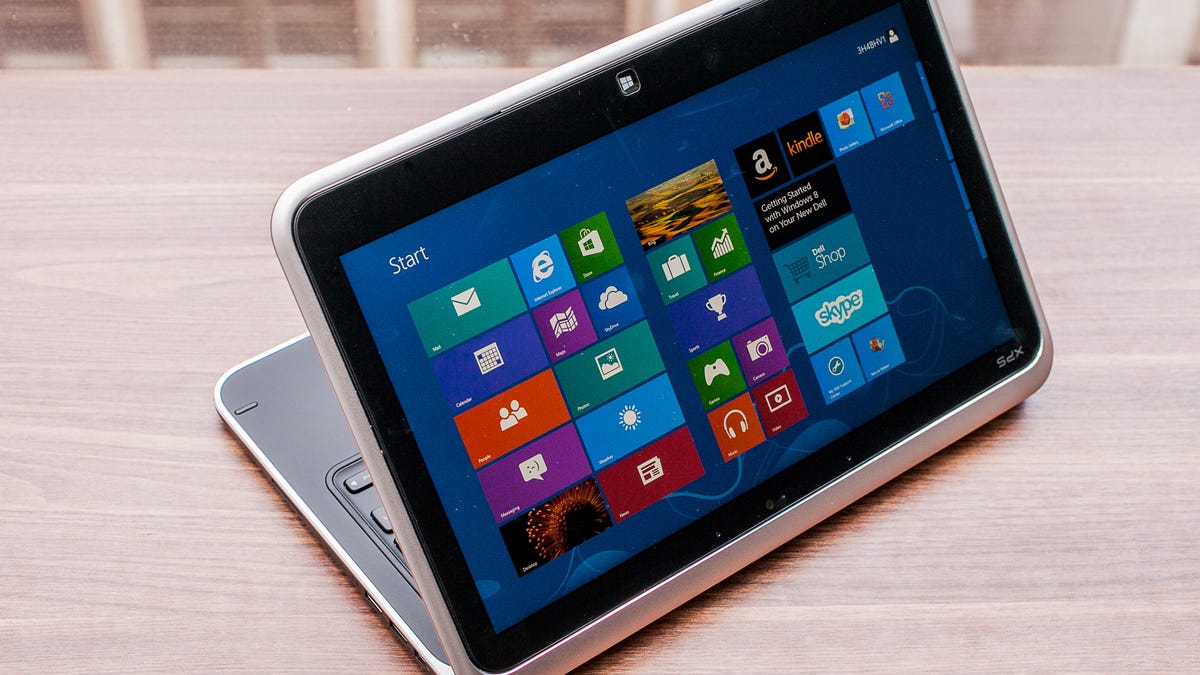
Dell's thin, high-res XPS 13 laptop does Linux
Ubuntu just went 1080p on Dell's sleekest laptop.
The 2.99-pound XPS 13 Developer Edition -- started as a project to create an open source developer laptop -- is now available on Dell's site for $1,549.
Those specifications, with the critical exception of the Ubuntu Linux, are identical to the 1080p XPS 13 for Windows 8.
Here are the specs:
- Operating system: Ubuntu Linux 12.04 LTS
- Display: 13.3-inch 1,920x1,080 panel
- Processor: 3rd Generation Intel Core i7-3537U
- Memory: 8GB2 DDR3 SDRAM at 1600MHz
- Storage: 256GB solid-state drive
- Graphics: Intel HD 4000
- Price: $1,549
In addition to the U.S., Dell will also start to roll it out in select countries in Europe, including the UK, France, Germany, Austria, Belgium, Denmark, and Finland.
The XPS 13 is one of the better ultrabook designs to emerge from a top-tier PC vendor. It squeezes a 13.3-inch screen into a footprint more typical of 12-inch laptops, boasts Gorilla Glass, and is constructed from aluminum and carbon fiber, allowing Dell to keep the weight to just under three pounds.
The upgraded display is also brighter and has wider viewing angles than the original 1,366x768 XPS 13 model.
Source



